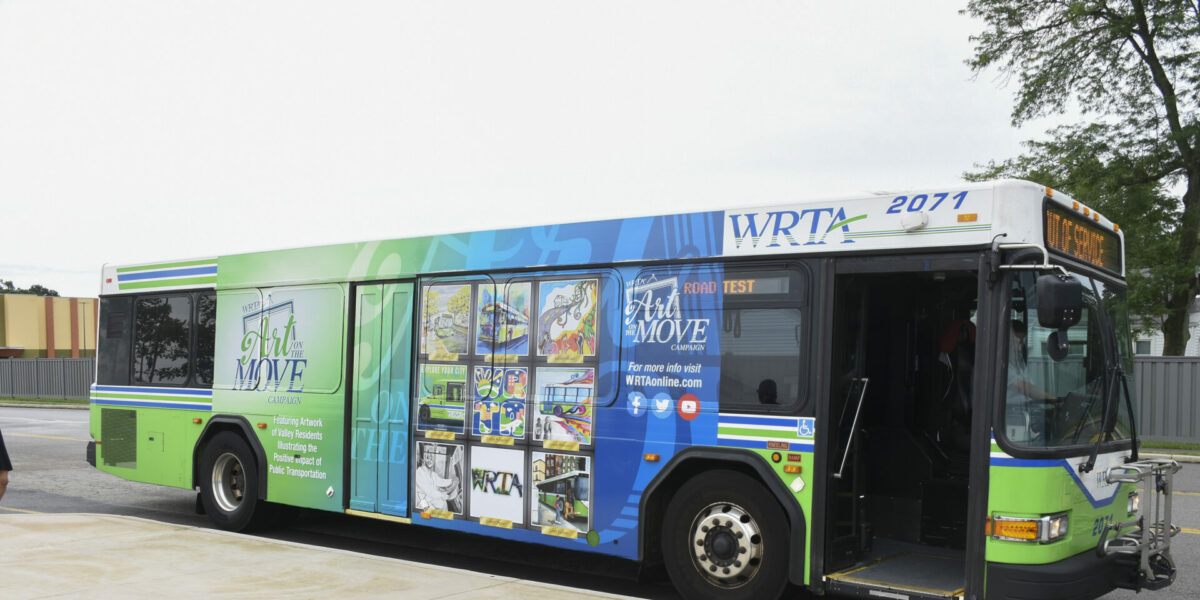Make The Most Of Direct Exposure with Transit Advertising Philippines
Make The Most Of Direct Exposure with Transit Advertising Philippines
Blog Article
Comprehending the Function of Transportation Advertising in Enhancing Brand Visibility and Customer Interaction
Transportation advertising has arised as a critical component in the marketing landscape, offering one-of-a-kind chances for brands to raise their exposure and engage customers properly. With the capability to get to a restricted and diverse target market throughout their daily commutes, these marketing methods are not just about exposure; they have to do with producing purposeful links with prospective customers. As we check out the complex benefits and ingenious strategies within transportation advertising, it comes to be necessary to think about just how these aspects jointly influence customer perception and behavior, questioning concerning their lasting impact on brand loyalty.
Interpretation of Transportation Advertising
Transit marketing refers to the practice of advertising items, solutions, or brand names via promotions put in and around mass transit systems. This form of advertising includes a range of placements, including posters on trains and buses, electronic screens at transit terminals, and wraps on the outside of automobiles. It intends to get to a varied audience, exploiting on the high foot traffic connected with public transit.
Transit advertising and marketing is strategically positioned to capture the attention of commuters, that often spend significant time traveling or waiting. By incorporating promotions right into the day-to-day routines of individuals, brand names can develop a lasting perception and foster brand name recognition. The tool is specifically reliable in metropolitan atmospheres, where public transport is a key mode of traveling.
Furthermore, transportation marketing can facilitate local targeting, allowing businesses to get to particular demographics based on transportation routes and terminal locations. As metropolitan populaces grow and the usage of public transportation boosts, this advertising approach has obtained importance as an important component of integrated advertising approaches. The vibrant nature of transportation advertising and marketing, incorporated with its capability to engage consumers in a captive environment, emphasizes its value in modern advertising and marketing techniques.
Advantages of Transit Advertising
The efficiency of transportation advertising and marketing depends on its ability to deliver a wide variety of advantages to brands seeking to enhance exposure and involvement. Among the key advantages is the substantial reach it supplies; transportation ads can properly target varied demographics throughout urban areas, getting to both pedestrians and commuters alike. This wide direct exposure substantially boosts brand name recognition.
Another advantage is the high regularity of perceptions. As transit lorries follow established courses and stop at several areas, they produce recurring exposure that strengthens brand name messages. This regularity fosters knowledge, which is vital in customer decision-making.
Transportation advertising is likewise cost-effective compared to other media systems. Given its extensive reach and possibility for high perceptions, brand names usually experience a lower expense per thousand impressions (CPM), maximizing their advertising and marketing budget.
Additionally, transit ads can develop a sense of community link. By lining up with regional transportation systems, brands can reverberate with local target markets and promote a feeling of regional satisfaction. This local method enhances brand name loyalty and involvement, making transit advertising an engaging choice for services intending to solidify their presence in the market.

Efficient Techniques for Transit Campaigns
To maximize the impact of transit projects, brands ought to take advantage of critical preparation and implementation customized to their target market. First, recognizing the market features of the target market making use of public transit is vital. This enables brand names to produce individualized messaging that reverberates with potential clients.
Following, selecting the appropriate transit mediums is essential. Whether using bus covers, subway posters, or electronic screens, each tool has distinct benefits that can boost exposure. For example, vibrant visuals on bus wraps can stand out, while digital advertisements can be updated frequently to show timely promos.
Moreover, incorporating a cohesive branding approach across transit systems makes certain consistency and reinforces the brand name's identification. Utilizing memorable taglines and captivating designs will certainly enhance brand name recall among travelers.
Finally, timing is an essential consider performing successful transit projects. Launching projects throughout top traveling hours or local occasions can dramatically increase exposure and engagement. By official statement utilizing these strategies, brands can efficiently harness the possibility of transit marketing, fostering higher recognition and connection with their target market. Inevitably, a well-executed transportation campaign can drive substantial growth in brand name exposure and consumer involvement.

Determining Effect and Engagement
In examining the efficiency of transportation advertising and marketing campaigns, precise dimension of influence and engagement is vital for brand names seeking to maximize their marketing strategies. Metrics such as reach, frequency, and impressions provide fundamental information to analyze presence. Assessing these variables assists determine the number of possible clients are exposed to the ads throughout their daily commutes.
Involvement can be further determined through customer communications, such as site web traffic, social media points out, and straight reactions to calls-to-action included in the ads. Using devices like QR codes or distinct Links can help with monitoring of consumer actions directly connected to transit campaigns. Studies and responses devices additionally function as useful techniques to gather qualitative information on customer understandings and recall of the advertisement.
Furthermore, progressed analytics and acknowledgment models can associate transportation exposure with subsequent acquiring habits, using understandings into the return on investment. By utilizing a comprehensive method that incorporates quantitative and qualitative procedures, brand names can develop a nuanced understanding of their transportation advertising effect. Ultimately, this data-driven approach makes it possible for brands to refine their campaigns, ensuring they resonate efficiently with target audiences and improve overall brand visibility.
Study of Successful Campaigns
Successful transit marketing campaign work as compelling instances of just how effective approaches can boost brand exposure and engagement. Transit Advertising Philippines. One notable case is the "I Love New york city" project, which transformed the city's image and attracted millions of visitors. By making use of train ads, billboards, and wikipedia reference bus wraps, the project developed a solid, natural brand name identity, leading to a substantial uptick in tourist and regional company patronage
Another exemplary campaign is Coca-Cola's "Share a Coke" effort, which leveraged transit advertising to personalize the brand name experience. By including preferred names on promotional materials across various transportation systems, Coca-Cola fostered a deeper emotional link with customers, urging them to share their experiences on social media sites.
Additionally, the "Got Milk?" campaign effectively utilized public transport advertisements to get to a broad target market, strengthening the message of the significance of milk in a balanced diet. The project saw a measurable increase in milk consumption in target demographics.
These case researches illustrate that when executed attentively, transit advertising and marketing can dramatically enhance brand name visibility, foster consumer involvement, and drive measurable outcomes, demonstrating its crucial role in modern-day advertising methods. - Transit Advertising Philippines
Conclusion
In conclusion, transit advertising serves as an important tool for enhancing brand visibility and fostering consumer involvement. Ultimately, the ability to measure engagement and analyze effective instance research studies highlights the efficiency of transit advertising in driving brand commitment and customer interactions.
Transit advertising has actually arised as a crucial component in the advertising and marketing landscape, using one-of-a-kind chances for brands to elevate their visibility and engage consumers successfully.In addition, transportation advertising and marketing can help with localized targeting, enabling services to additional reading get to certain demographics based on transportation paths and station locations.In evaluating the effectiveness of transit marketing projects, exact dimension of influence and involvement is necessary for brands looking for to maximize their marketing strategies.Effective transit advertising and marketing projects serve as compelling examples of how efficient techniques can boost brand presence and interaction.In verdict, transit advertising offers as a crucial tool for boosting brand presence and promoting customer interaction.
Report this page